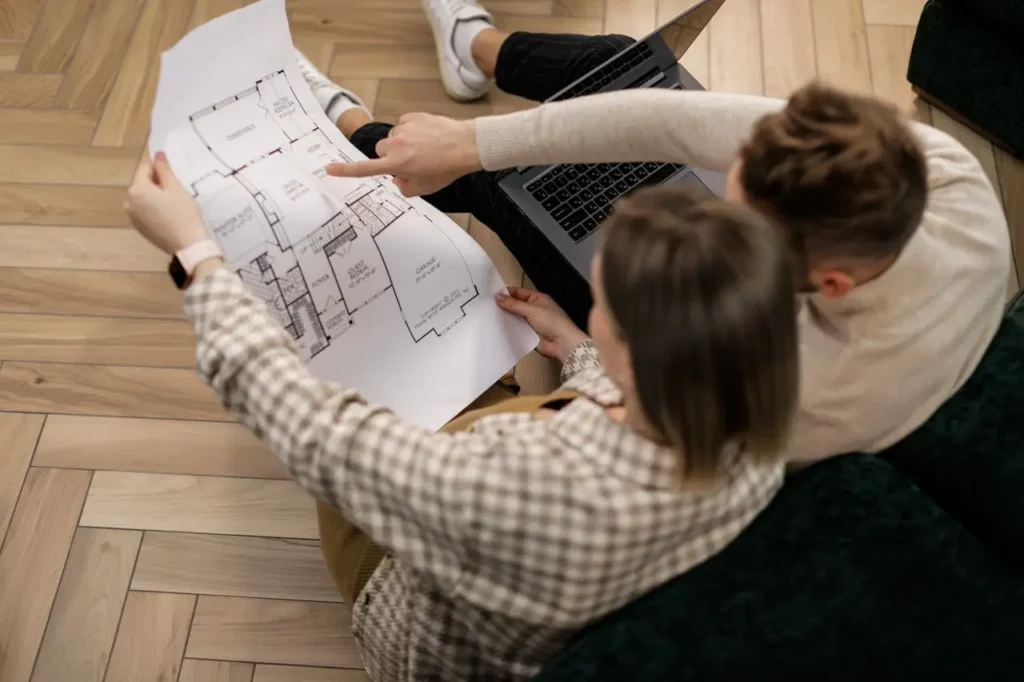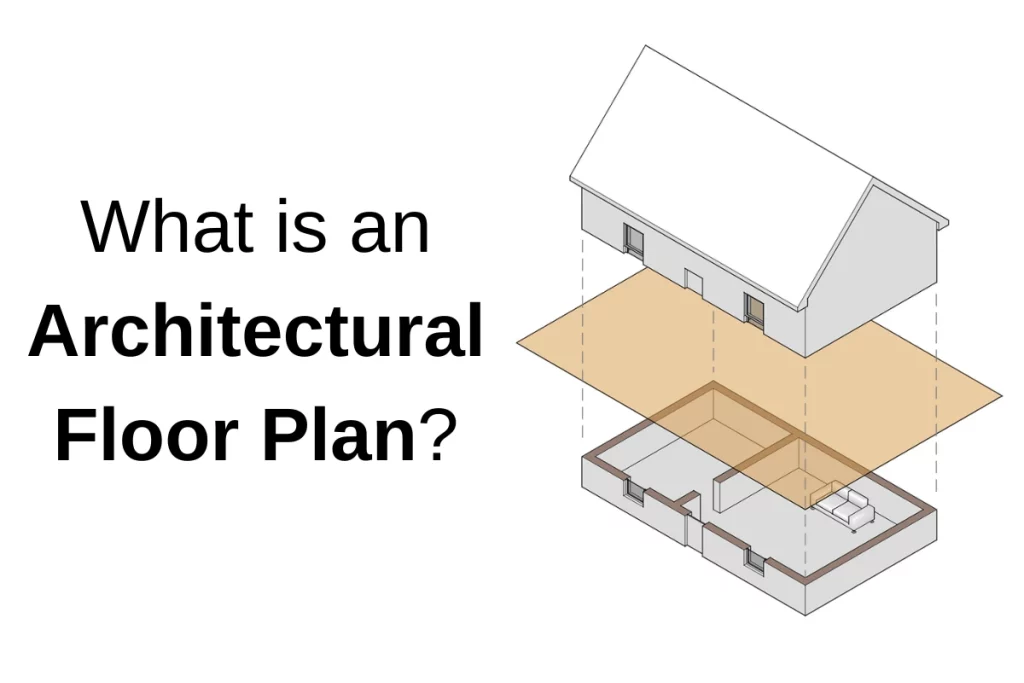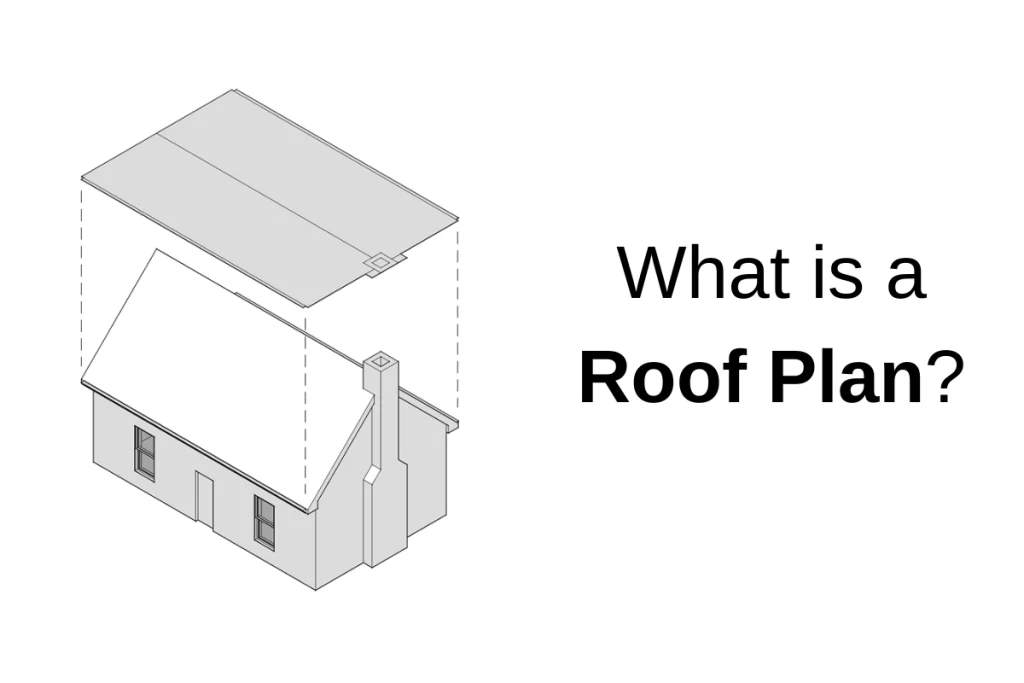Starting the journey to design your dream home is incredibly exciting! One of the first steps you can take is to find inspiration and floor plan ideas that you love. It’s also something that the whole family can help with so everyone feels involved in the process.
One important thing to do along the way is to distill why you like (or don’t like) something. Don’t just save a bunch of pretty pictures; your material should have a purpose. You should take the time to write things down so it’s easy to look back on and share with others.
You should also decide what are your must-haves vs what are your wants. You may have to make some hard decisions in the future and having a clear understanding of what is most important will make those decisions easier. Again, write this down so it’s easy to refer back to.
So, let’s explore a variety of sources to help you discover designs that resonate with your lifestyle and preferences.
1. Define Your Needs and Lifestyle Requirements
Start by reflecting deeply on what you want from your new home:
- Number of Bedrooms and Bathrooms: Consider current needs and future plans, like family expansion or guests.
- Living Spaces: Open-concept areas vs. traditional separated rooms. Formal entertaining area or low-key TV room.
- Specialty Rooms: Home office, gym, craft room, or a dedicated space for hobbies.
- Outdoor Living: Patios, decks, balconies, gardens, or a pool area.
- Accessibility and aging in place: Single-story living, wider doorways, or other features for aging-in-place.
- Storage Needs: Closets, garages, attics, or basements.
Creating a detailed list helps focus your search and ensures the final design aligns with your daily life.
Consider creating a house program to list out spaces and get a sense for sizes.
2. Reflect on Your Personal Experiences
Your own life can be a source of inspiration:
- Past Homes:
- Consider what you loved or disliked about previous residences, like your child-hood home or previous rentals.
- Friends and Family:
- Take note of features in others’ homes that appeal to you or solve common living challenges. Ask what they like or dislike about their home. A feature that seems good may not work for them.
- Lifestyle Aspirations:
- Think about how you envision your day-to-day life in the new home and design spaces to support that vision or make your daily life easier.
3. Utilize Online Resources
This is probably where most of you will tend to start. Here are a few great resources:
- Pinterest: Create themed boards to collect ideas for different rooms and exteriors.
- Houzz: Browse photos, save favorites, discover designers and read articles on design trends.
- Architectural Websites:
- Houseplans.com and Architectural Designs: Offer thousands of customizable floor plans with detailed descriptions.
- Floorplanner and HomeByMe: Play with interactive tools to design floor plans and visualize them in 3D.
- Design Blogs:
- Design Milk and Dezeen: Feature innovative designs and contemporary homes.
Use search filters to narrow down options by style, size, number of stories, and special features. Remember, as you save images or ideas, connect those to your wish list and items in the first section.
4. Visit Model Homes and Open Houses
Once your friends and family are sick of you stopping by to ask about their house, consider looking at other real spaces:
- New Developments: Walk through model homes to get a feel for layouts and finishes. These are often good places to see what’s trending in new builds.
- Open House Events: Explore a variety of homes, even those not exactly matching your dream, to gather ideas.
- Parade of Homes or Open Door Events: Annual events that showcase new builds, remodels, and historic homes.
This is particularly useful because it allows you to experience the flow of rooms and spatial relationships. Bring a tape measure to help connect dimensions to actual spaces.
5. Consult Architectural Publications
Books and magazines are a great resource for beautiful designs as well as understanding the nuts and bolts of construction.
- Magazines:
- Architectural Digest, Dwell, Fine Homebuilding: Cover diverse styles and industry trends.
- Better Homes & Gardens, House Beautiful: Focus on interior design and decorating ideas.
- Books:
- Titles like Ultimate Book of Home Plans or Best-Selling House Plans provide extensive visual examples.
- Look for books on specific architectural styles that interest you.
- Take a trip to the library: Check out your local library or bookstore’s architecture section for inspiration.
6. Go On a Mini Vacation!
Take advantage of being able to rent other peoples’ homes to take them for a “test drive”.
- AirBnB and Vrbo: Use websites like these to search for homes that are similar to what you are imagining. Use it as an excuse to go on a little getaway!
This is incredibly valuable to be able to cook in the kitchen or see if your really want a wood stove.
7. Engage with Online Communities
Connect with other people on a similar journey:
- Reddit:
- Subreddits like r/HomeDesign, r/ArchitecturePorn, r/Building a Home share experiences, advice, and photos.
- Home Improvement Forums:
- Websites like HomeOwnersHub and DIY Chatroom host discussions on design challenges and solutions.
- Social Media Groups:
- Facebook groups dedicated to home building, design, and renovation offer community support.
This is a great way to get community feedback and bounce thoughts off others. Sharing ideas and getting input can provide new perspectives and crowd-source problem-solving solutions. You can also learn from what others have had to learn the hard way.
8. Visit Architectural Landmarks and Historic Homes
We probably wont be building a home that will become a National landmark, but it’s still fun to draw inspiration from the architectural icons.
- Local Tours:
- Historic home tours often showcase unique architectural details and craftsmanship. You may be able to draw inspiration from the unique characteristics of homes in your geographic location.
- Famous Works:
- Visit homes designed by renowned architects if possible—like Frank Lloyd Wright’s houses—for inspiration.
- Travel Exploration:
- If traveling, take note of regional architecture that resonates with you.
9. Explore Architectural Styles
Look into different architectural styles and identify what appeals to you and what makes sense for your home:
- Modern: Clean lines, minimalistic design, large windows, and open spaces.
- Contemporary: Current trends, sustainable materials, and innovative designs.
- Traditional/Colonial: Classic elements, formal layouts, and symmetry.
- Craftsman: Natural materials, handcrafted woodwork, built-in furniture.
- Farmhouse: Rustic charm with modern amenities, spacious porches.
- Mediterranean: Stucco walls, red tile roofs, arches, and courtyards.
- Mid-Century Modern: Sleek lines, integration with nature, and functional design.
Next Steps and Considerations
- Budget Alignment: Try to keep your dreams in touch with your financial reality. Stay focused and make sure to keep realistic options and expectations.
- Site-Specific Design: Your home should respond to the site it’s located on. Consider how to tailor the design to your land’s unique characteristics, maximizing views, sunlight, privacy, and working with topography.
- Regulatory Requirements: Be aware of local building codes, zoning laws, and HOA guidelines that may influence design choices.
- Phasing Plan: If budget constraints exist, consider designing the home to allow for future expansions or upgrades.
Image Source: Photo by Alena Darmel




